Color is always shifting for plein air painters. What to do? Gavin Glakas explains how he uses color studies when “chasing the light.”
Combining Color From Life with the Creativity of the Studio
by Gavin Glakas
Frederic Church was always my guy. I saw an exhibit of his work at the National Gallery in Washington, DC a few months into my lackluster attempts to learn to paint in high school and was floored. How could anyone paint that richly, with such an abundance of space, depth, atmosphere, and detail?
When I found out he wasn’t even looking at the Andes Mountains or the Icebergs in the North Atlantic while painting them but worked from his studio in New York, I was gobsmacked. How was that possible?
Sure, he had photos – those measly black and white images that were probably out of focus. But what good were they when painting the crags in the rocks of a mountain 12 miles away? How could he paint a sunset from black and white photos?
The answer seemed to be “studies.” He painted small studies on the spot and then took them back to his studio to create the finished painting.
Interesting. . . I guess you can’t really paint a large painting in the Andes, or in the middle of 5th Avenue for that matter, can you?
But now we have color photography and cameras with incredible technology. If we want the creative freedom of the studio, why bother doing color studies at this point? Lugging your easel downtown, finding parking, painting with people walking by on the sidewalk – that seems like a lot of work.
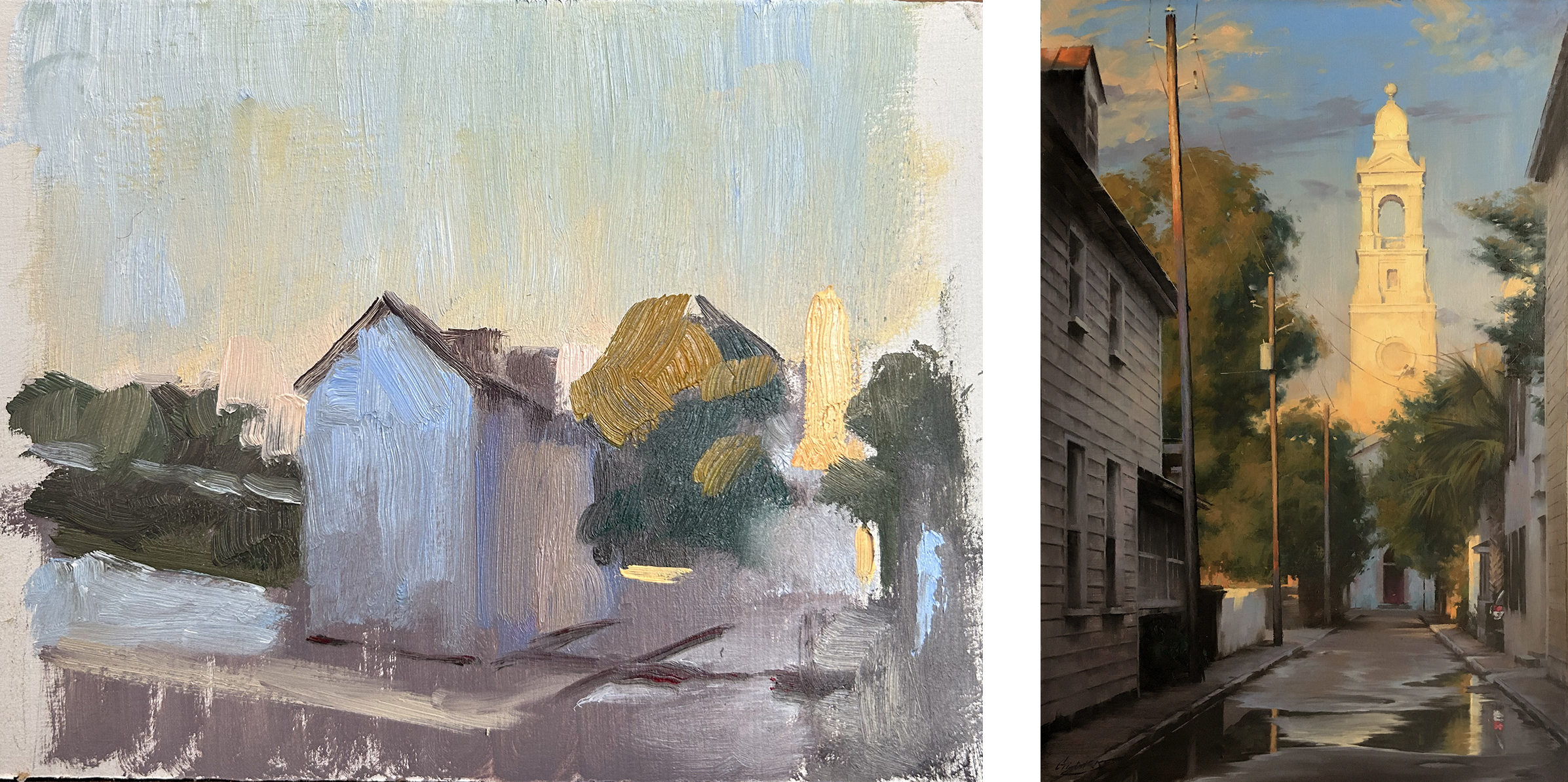
Every plein air painter knows that the color in photos doesn’t compare to what we find in nature, especially if we’ve spent years studying color and the subtle shifts between similar tones. Add to that the depth, atmosphere, and just the feel of a location – how big it is, the space between objects – and it seems that “collecting” information from life can be a great starting point and add a level of believability to a painting in any style or level of detail.
Photos are instantaneous. The color – muted and oversimplified as it must be – is set and will remain. However, when painting or even just observing, color is always shifting. The sun is moving, going behind clouds, illuminating things here and there, sometimes for an afternoon, sometimes for just a moment, striking objects at different angles, directly and indirectly, and constantly in flux.
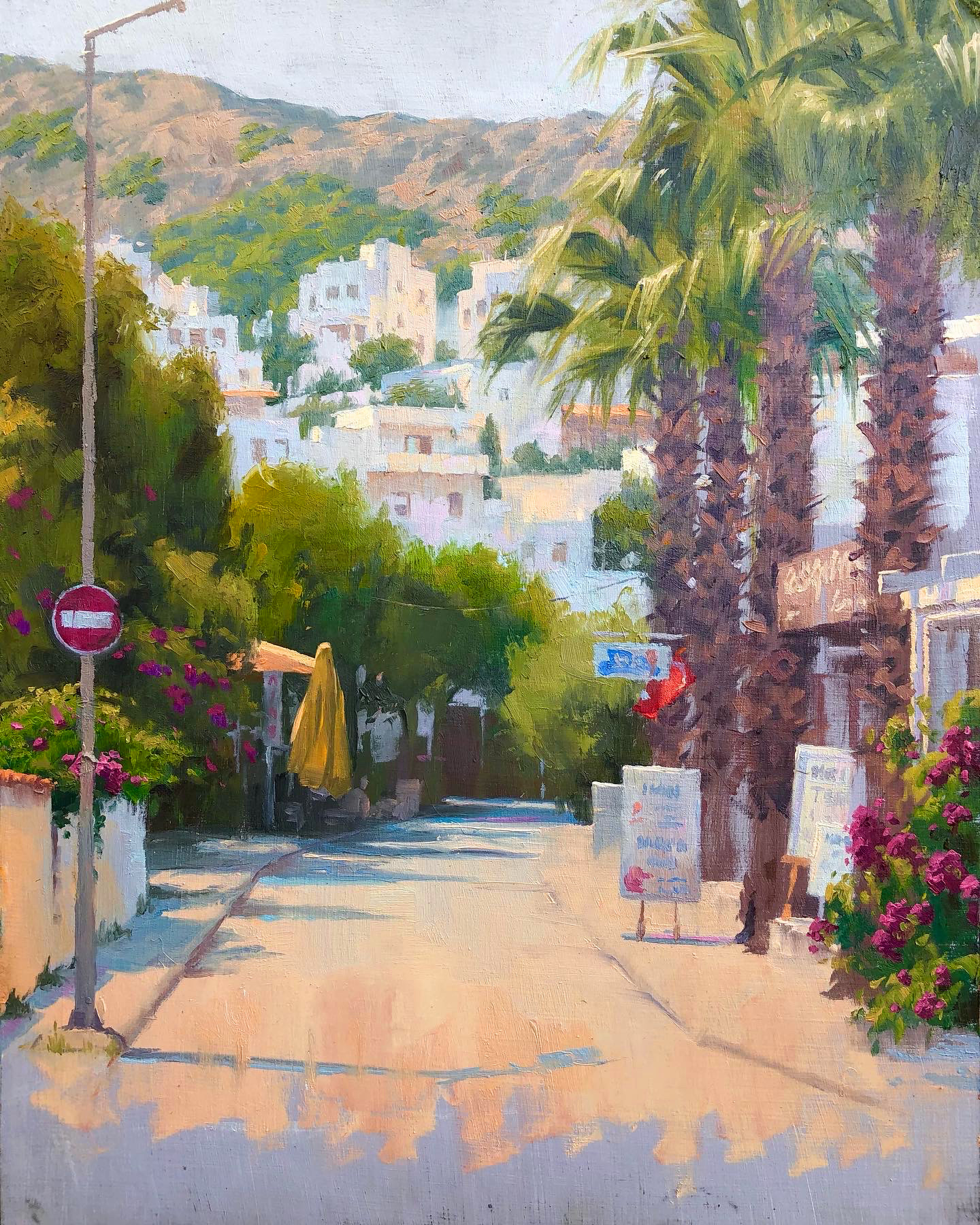
A brown that looks yellowish one moment might look purplish the next. What to do? Paint them both! When “chasing” the light, plein air painters are essentially depicting a time-lapse image of the light and color over the course of a morning or afternoon, which can give our paintings a sublime degree of believability and subtlety.
I love painting en plein air for all of these reasons and so many more, but I also love the creativity of the studio where our ideas are held captive by nothing. But I need color studies to keep me grounded. Things go off the rails in a hurry when I just start making things up.
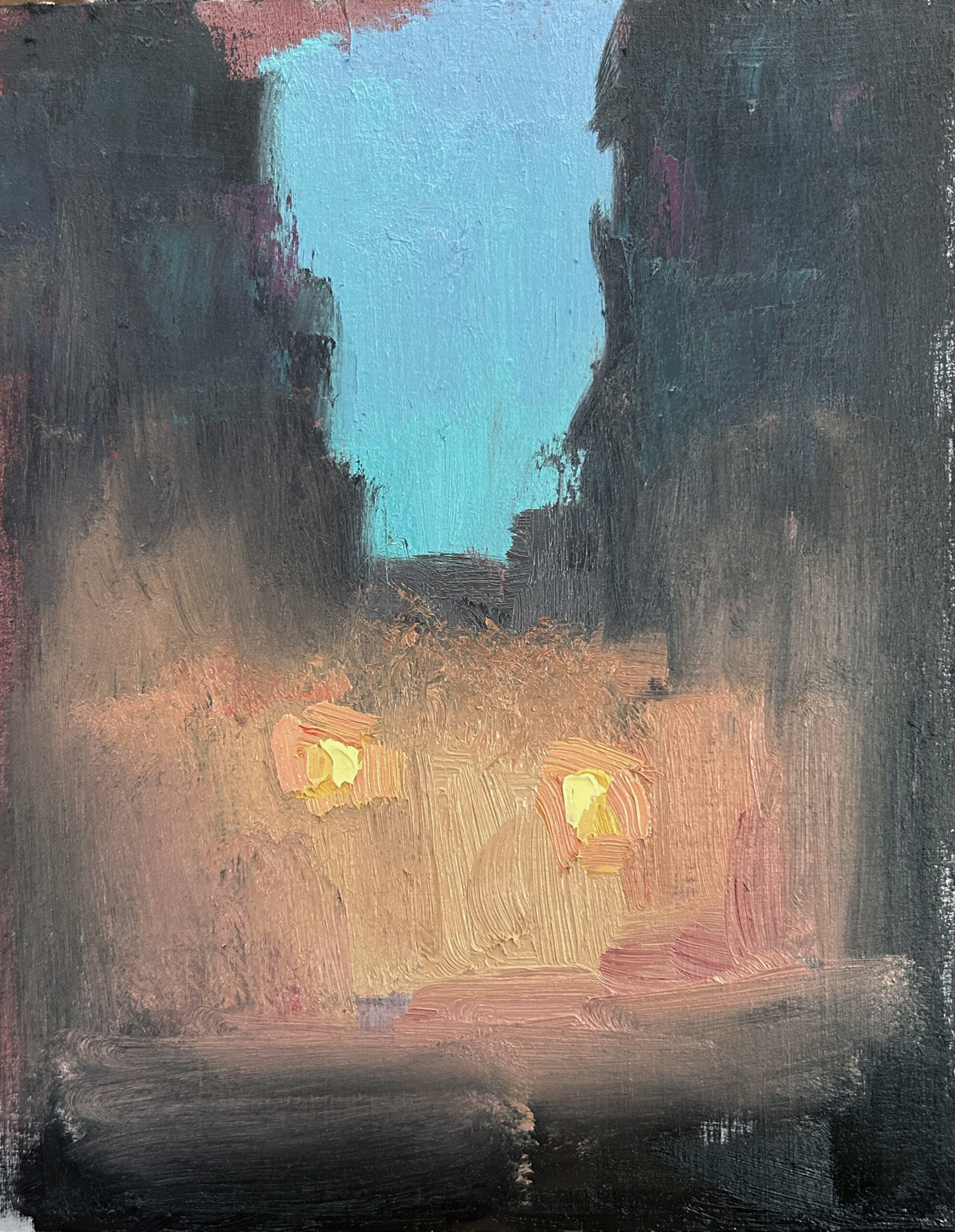
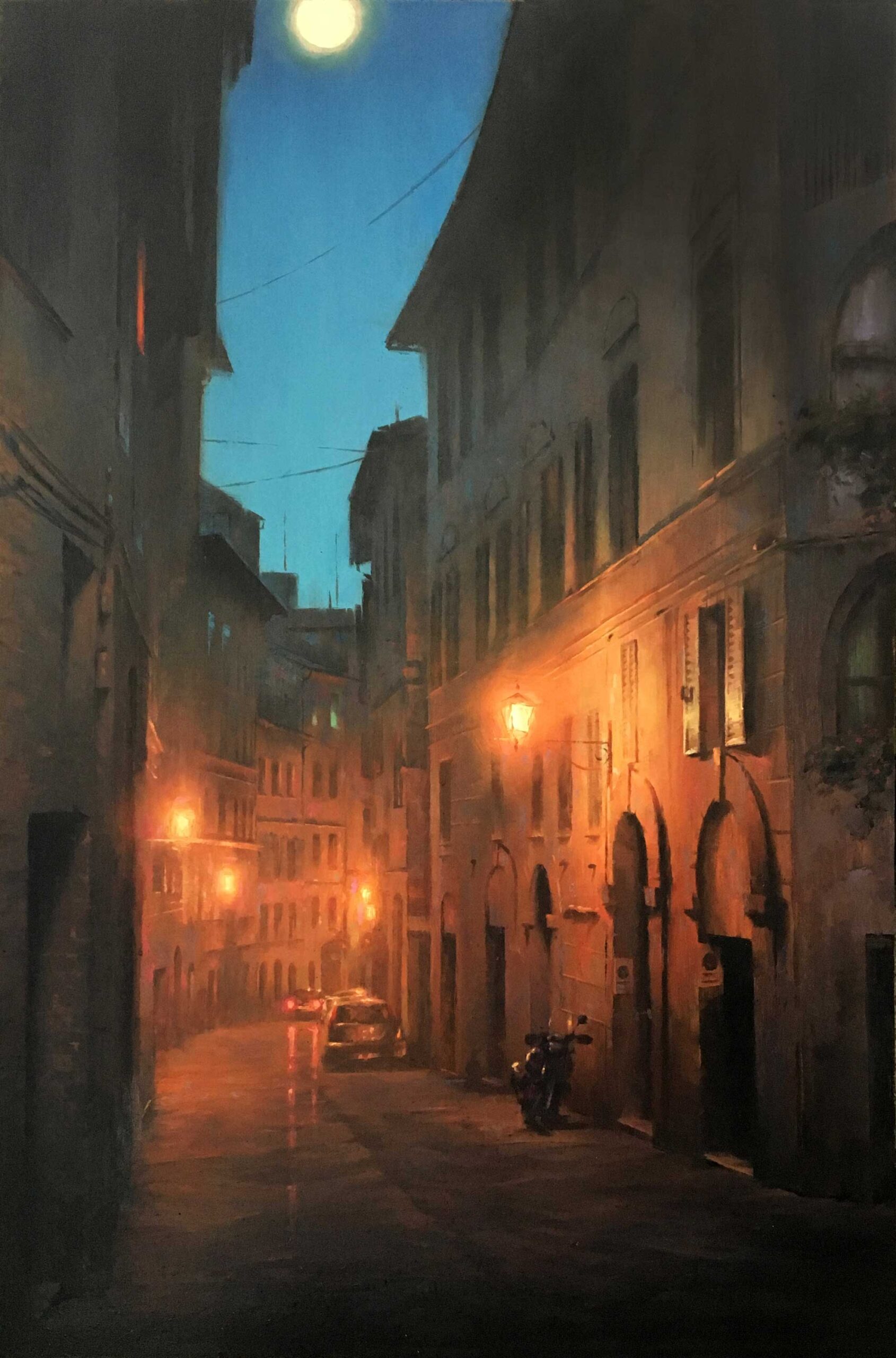
So if I like an idea and I can’t paint it on site, either because I can’t physically get there or because I don’t want to miss my little boys’ bedtime, I rely on studies. I’ve done countless 20-minute color studies at all times of day and in all weather conditions. They help with each painting and they help with the overall knowledge I’ve managed to accrue over the years.
Remember, the studies don’t need to be “good.” Most of mine definitely are not. They’re notes – not the finished painting.
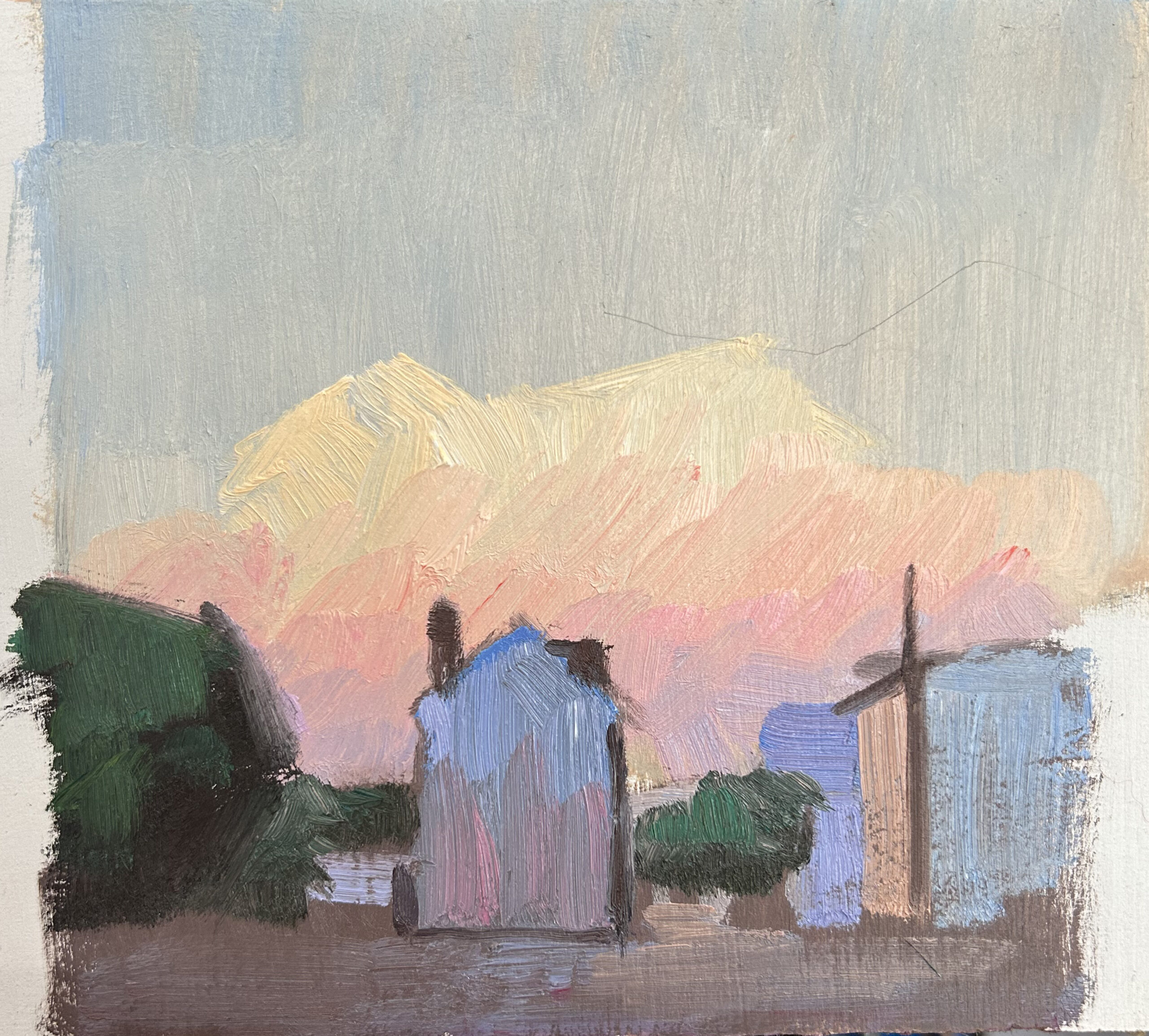
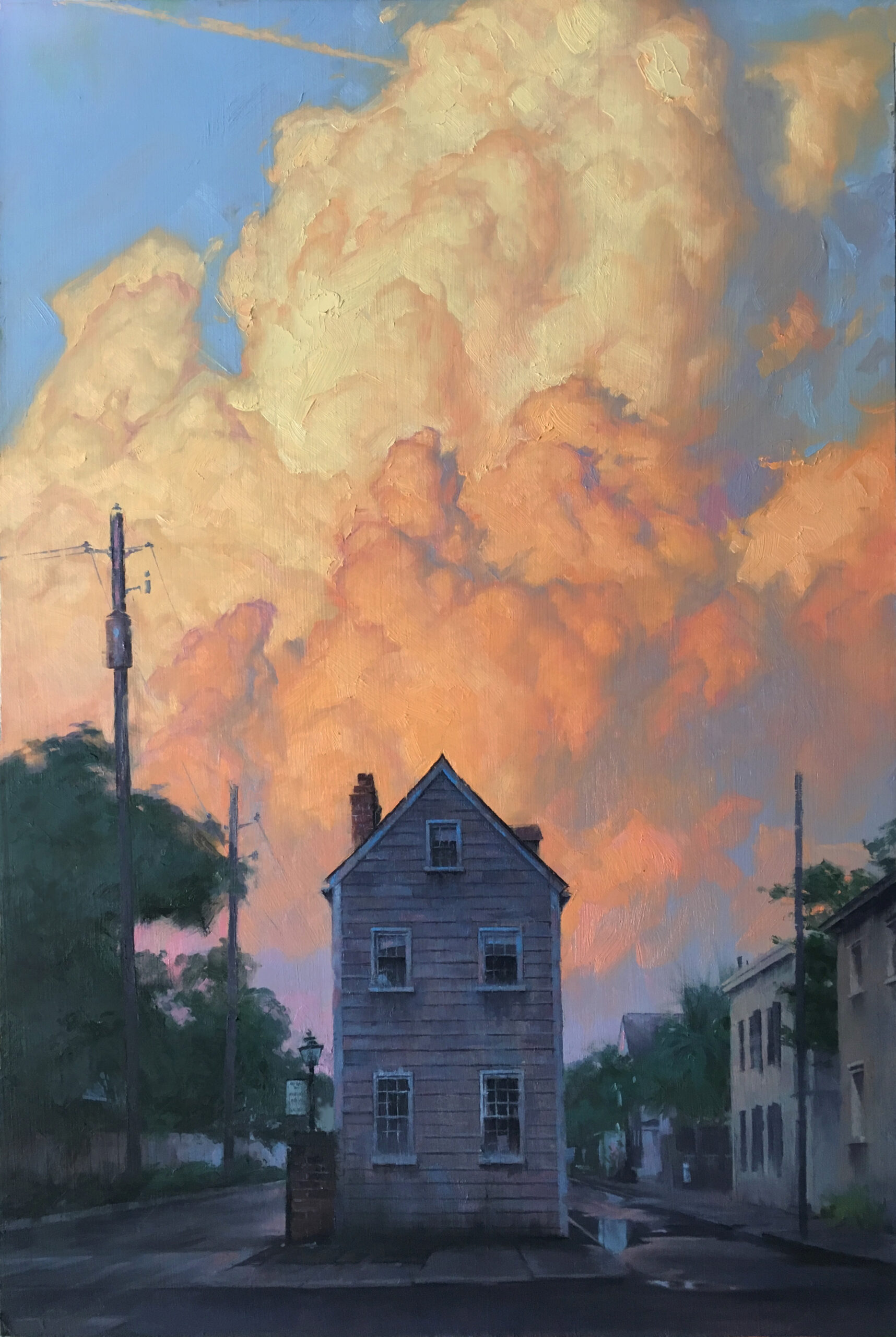
So if you can paint it from life, do it! If not, do a quick color study and tell yourself you’re not going to let anyone see it. If you can’t get back to Italy, do it in your backyard or in the parking lot of the library at the same time of day as your photo.
You’ll learn something, your painting will be better and I promise you won’t regret spending those 20 minutes on it.
Helpful Links:
- Connect with the artist: gavinglakas.com
- Learn techniques for painting nocturnes with Gavin’s workshop, “Painting the Night”
And browse more free articles here at OutdoorPainter.com

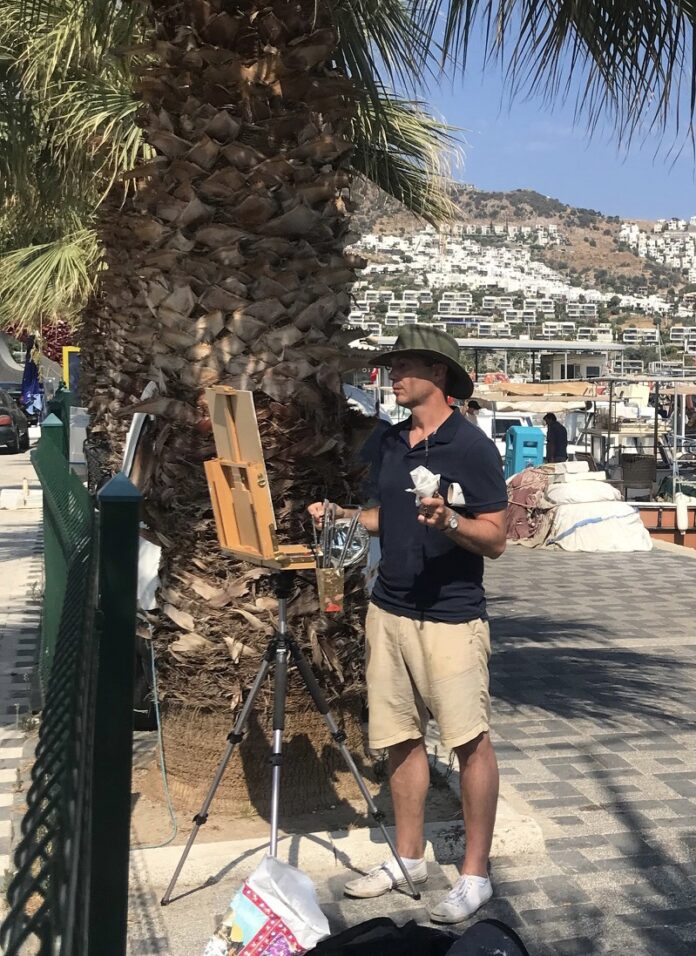



Excellent commentary. I feel much the same as you. I used to think it was better to only work outside on location but as you said it isn’t always possible. I feel more comfortable working on a studio piece as long as I have been to the place AND actually worked there. Never just from a photo. Using a smaller color reference and even better along with sketches and drawings and a photo reference is perfectly acceptable for me now after all these years of working outside, I kind of know what information I will need. The best scenario is of course to be able to go back and compare to the spot on the same kind of day for finishing touches.